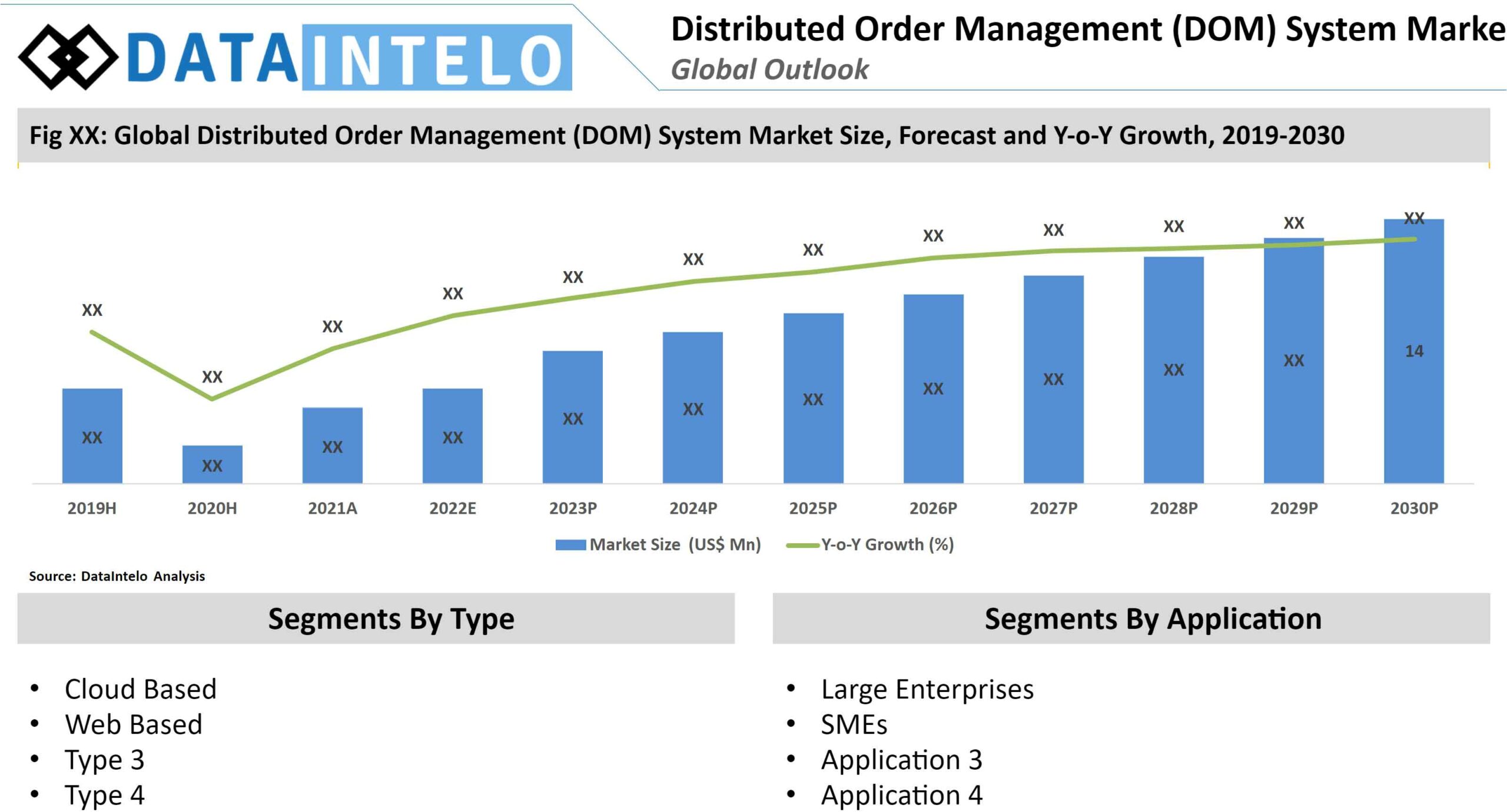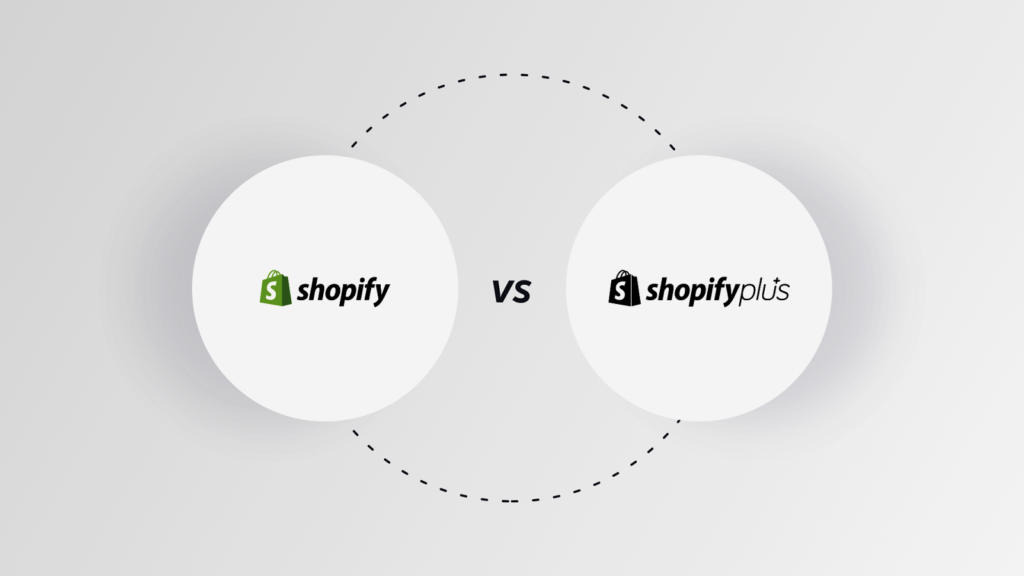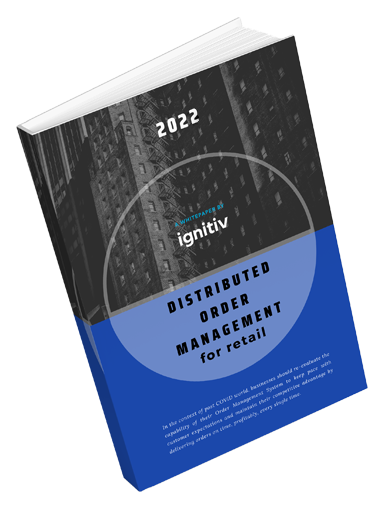What is Distributed Order Management (DOM)?
Distributed Order Management (DOM) is an omnichannel approach to order fulfillment used to streamline shipping and handling for online retailers. So, orders reach the customers on time at the minimal possible cost.
Usually, it is brought into effect via software that uses logic-based rules to orchestrate and optimize the order fulfillment process across multiple channels, locations, and partners. Retail distributed order management systems are essential for retailers who want to meet customer expectations and deliver a seamless shopping experience.
In this blog post, we will explore the benefits of DOM for retailers, key features of distributed order management, how it supports a customer-centric retail strategy, and the challenges in implementing it.
Benefits of Distributed Order Management
DOM offers several advantages for service providers who want to improve their order management and Supply chain capabilities. Some of these benefits are:
Improved customer experience: DOM enables agents to offer more options and flexibility for customers, such as buying online, picking up in-store (BOPIS), shipping from the store (SFS), curbside pickup, same-day delivery, etc. It also allows business to provide accurate and consistent information about product availability, order status, delivery options, and tracking across all touchpoints.
Increased inventory visibility: A Distributed Order Management System (DOMS) provides a quick insight into orders. It helps retailers optimize inventory allocation and replenishment based on demand patterns, reduce stockouts and overstocks, and avoid markdowns and lost sales.
Improved order accuracy: Distributed order management for B2B ensures that orders are fulfilled correctly by applying logic-based rules that consider customer preferences, inventory availability, shipping costs, delivery times, etc. It also reduces errors and delays caused by manual processes or siloed systems.
Efficient order fulfillment: Management systems software automates and streamlines the order Product delivery process by routing customer orders to the best order completion source based on predefined criteria. It also enables faster and cheaper dispatchment by leveraging existing resources such as stores or warehouses.
Customer-centric Retail and DOM
Customer-oriented retail focuses on understanding and meeting customers’ need and expectations throughout their shopping journey. It aims to create loyal buyers who repeat purchases and recommend the brand to others.

DOM supports customer-first retail by enabling storekeepers to create a seamless omnichannel experiences for their purchasers.
The importance of meeting customer expectations
Customers today expect fast, free, and flexible delivery options when they shop online or offline. They also expect accurate information about the product they are looking to buy, its availability, order status, delivery options, and tracking across all touchpoints. DOM helps proprietor meet these expectations by giving them visibility and control over their order supply chain process.
How DOM Supports a Customer-centric Retail Strategy
DOM retailers provide customers with a seamless omnichannel shopping experience, often improving their satisfaction and loyalty. For example, merchants can use DOM to offer BOPIS, which enables users to buy online and pick up their orders in-store at their convenience. This option not only saves shipping costs and time for both parties but also increases store traffic and cross-selling opportunities for business owners. Another distributed order management example is SFS, which allows distributors to use their stores as mini distribution centers and ship orders from locations close to shoppers. Again, this option reduces shipping costs and time and improves inventory utilization and turnover for suppliers.
![Distributed Order Management DOM System-Market_Size-and-Forecast[1]](https://www.ignitiv.com/wp-content/uploads/2023/03/Distributed-Order-Management-DOM-System-Market_Size-and-Forecast1.jpg)
Key Features of a Distributed Order Management System
A DOM system typically comprises four main components which optimize order management and shipment completion. These are:
Order orchestration: This solution optimizes order execution across different channels and sources. It can integrate with headless commerce platforms and leverage cloud distributed order management (DOM) to determine the best order handling strategy for each order.
Inventory management: It provides a 360-degree view of channels, locations, and partners. It also tracks inventory levels and movements in real-time and syncs the updates across all systems. Furthermore, it also helps optimize inventory visibility and accessibility based on demand patterns and business objectives.
Order fulfillment: It helps execute the order flow management process by routing orders to the best fulfillment source based on predefined criteria. It communicates with external systems, such as warehouses, stores, 3PLs, carriers, etc., to initiate and monitor the order delivery process.
Order tracking and visibility: It is an essential feature of a distributed order management software; which enables dealersto optimize their order processing across multiple channels and locations. With order tracking and visibility, resellers and customers can access real-time information about the status and progress of orders from placement to shipping. Thereby improving customer satisfaction and loyalty!
Order tracking and visibility also help marketers plan their Warehouse management and supply chain operations based on data demand and supply.
Challenges in Implementing DOM
While DOM offers many benefits for vendors, it also comes with some challenges that need to be addressed before its implementation. Some of these challenges are:
Integration with existing systems: A Distributed Order Management Solution requires integration with various existing e-commerce enabling platforms, such as point-of-sale terminals, inventory management systems, warehouse management systems, shipping carriers, etc. It can be complex and time-consuming, depending on the compatibility and scalability of these systems. In addition, enterprise need to ensure that their systems can communicate seamlessly with each other and the DOM system without compromising on data quality or security.
Data management: DOM relies on accurate and real-time data about inventory, order status, customer preferences, delivery options, etc. storefronts must ensure their data is consistent and reliable across all channels, locations, and partners. They also need to manage large volumes of data generated by DOM and use analytics tools to derive insights to optimize their Supply chain management performance.
Staff training: Implementing a DOM system often involves changes in processes and workflows for staff involved in order packaging, such as store associates, warehouse workers, customer service representatives, etc. traders must train their staff to use the DOM system properly. They also need to provide ongoing support and feedback to ensure that their team can adapt to changing customer demands and expectations.
Cost considerations: A Distributed Order Management platform involves upfront costs for development and ongoing costs for maintaining and upgrading it. Distributed order management companies must evaluate the return on investment (ROI) of implementing DOM based on increased sales, reduced shipping costs, improved customer satisfaction, etc. They must also consider the trade-offs among different shipping management options and choose the one that best suits their business goals and customer needs.
Distributed Order Management FAQs
Distributed Order Management (DOMS) is a crucial strategy that automates order routing, splitting, and inventory management. It streamlines fulfillment efficiently and enhances the supply chain. DOM systems offer a centralized platform for managing multiple sales channels and expediting stock replenishment. It simplifies inventory and order management functions, ensuring that the right products are delivered to the right customers quickly and cost-effectively.
While an OMS oversees the process of orders from sales, pricing, payment validation, stock management, and invoicing, DOM goes a step further by intelligently allocating the best storage point for processing each order based on the company’s delivery criteria. It can include factors such as speed, profitability, or environmental impact.
Retailers must handle complex order supply chain management scenarios seamlessly to avoid canceled or delayed orders that could cost them, customers. Distributed Order Management (DOM) enables business operators to automatically route complex orders to the best fulfillment locations based on configurable rules, including:
- Split shipments,
- Proximity,
- Profitability,
- Capacity controls,
- Item type,
- Order status tracking
- Same-day delivery, and
- Dropshipping rules.
Conclusion
DOM is a powerful way for retailers to build a seamless omnichannel shopping experience and meet customer expectations for convenience, choice, and speed by enabling them to optimize their order fulfillment process. However, implementing DOM also requires careful planning and execution to overcome challenges such as integration, data management, staff training, and cost considerations.
If you are a seller who wants to improve your order management and routing capabilities and deliver better customer experiences, consider implementing a DOM system.
You can start by evaluating your current order synchronization process and identifying areas to improve. You can also consult experts like Ignitiv, who can help you choose or develop a suitable DOM system for your ecommerce business.








